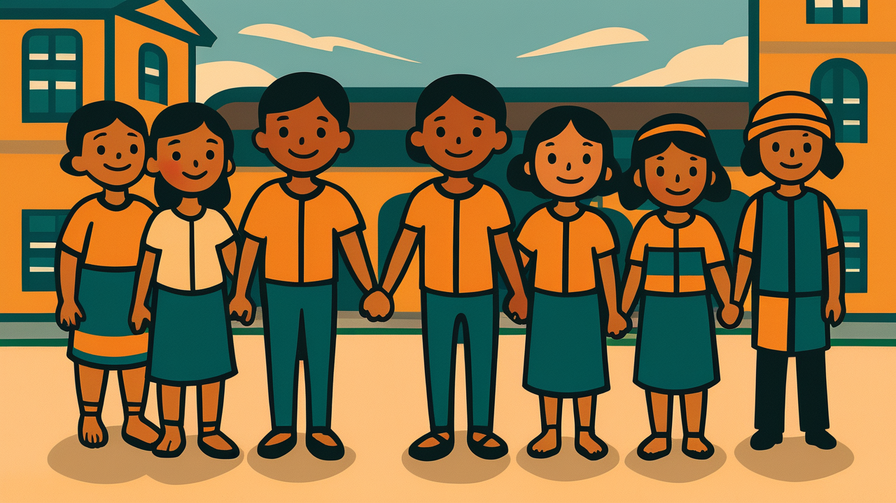[Disclaimer] This article is reconstructed based on information from external sources. Please verify the original source before referring to this content.
News Summary
The following content was published online. A translated summary is presented below. See the source for details.
The Government of Canada has announced a call for interest to join the Indian Residential Schools National Monument Steering Committee. This initiative seeks to include Indian Residential School Survivors and intergenerational Survivors in the next cohort of the committee. The Steering Committee plays a crucial role in guiding the creation of a national monument in Ottawa to honor Survivors and all the children who never returned home. This call for interest is specifically aimed at First Nations, Métis, and Inuit Survivors and intergenerational Survivors. The government emphasizes the importance of including diverse perspectives in this process to ensure the monument truly reflects the experiences and wishes of those affected by the residential school system. Interested individuals are encouraged to apply, with the selection process aiming to create a committee that represents a range of experiences, ages, and geographical locations across Canada.
Source: Canada Government News
Our Commentary
Background and Context

The Indian Residential School system was a network of boarding schools for Indigenous peoples in Canada that operated from the 1880s to the late 1990s. These schools were established and funded by the Canadian government and administered by Christian churches with the primary objective of assimilating Indigenous children into Euro-Canadian culture. This system has been widely recognized as a form of cultural genocide, causing immense trauma and long-lasting effects on Indigenous communities.
Expert Analysis
The creation of a national monument represents a significant step in Canada’s ongoing process of reconciliation with Indigenous peoples. It acknowledges the dark history of residential schools and provides a physical space for remembrance and healing.
Key points:
- The inclusion of Survivors and their descendants in the planning process ensures authentic representation of experiences.
- A national monument can serve as an educational tool for future generations about this chapter of Canadian history.
- The initiative aligns with the Truth and Reconciliation Commission’s Calls to Action, specifically those related to commemoration.
Additional Data and Fact Reinforcement
To understand the scale and impact of the residential school system:
- Over 150,000 First Nations, Métis, and Inuit children were forced to attend these schools.
- The Truth and Reconciliation Commission documented at least 3,200 deaths of children in residential schools.
- The last federally-operated residential school closed in 1996.
Related News
This initiative comes in the wake of recent discoveries of unmarked graves at former residential school sites across Canada, which has reignited national discourse on reconciliation and Indigenous rights. It also follows other commemorative efforts, such as the National Day for Truth and Reconciliation established in 2021.
Summary

The call for Survivors and their descendants to join the National Monument Steering Committee is a crucial step towards ensuring that the voices of those most affected by the residential school system are central in creating a lasting memorial. This process not only aids in healing but also contributes to the broader national effort of reconciliation and education about this painful chapter in Canadian history.


